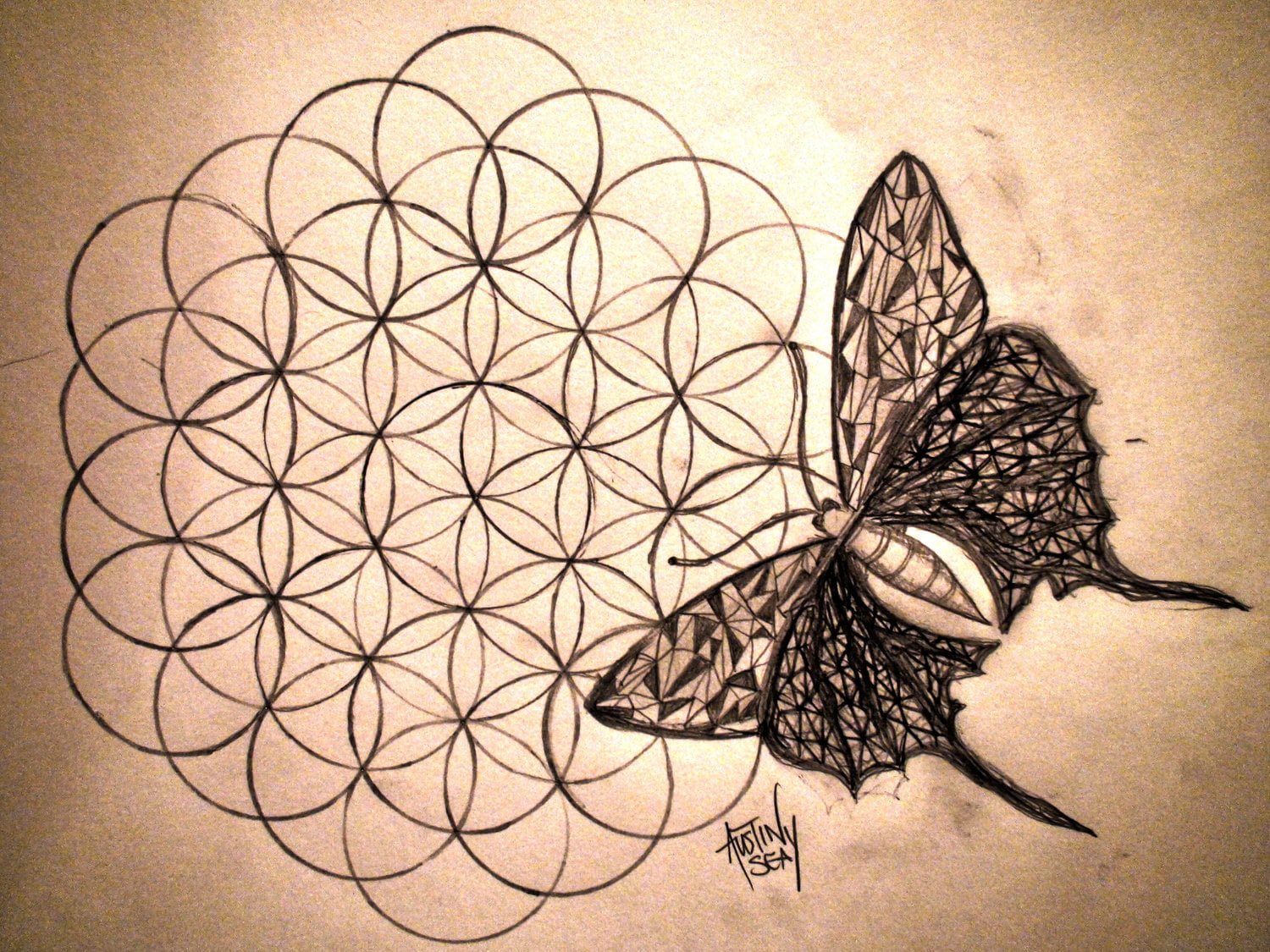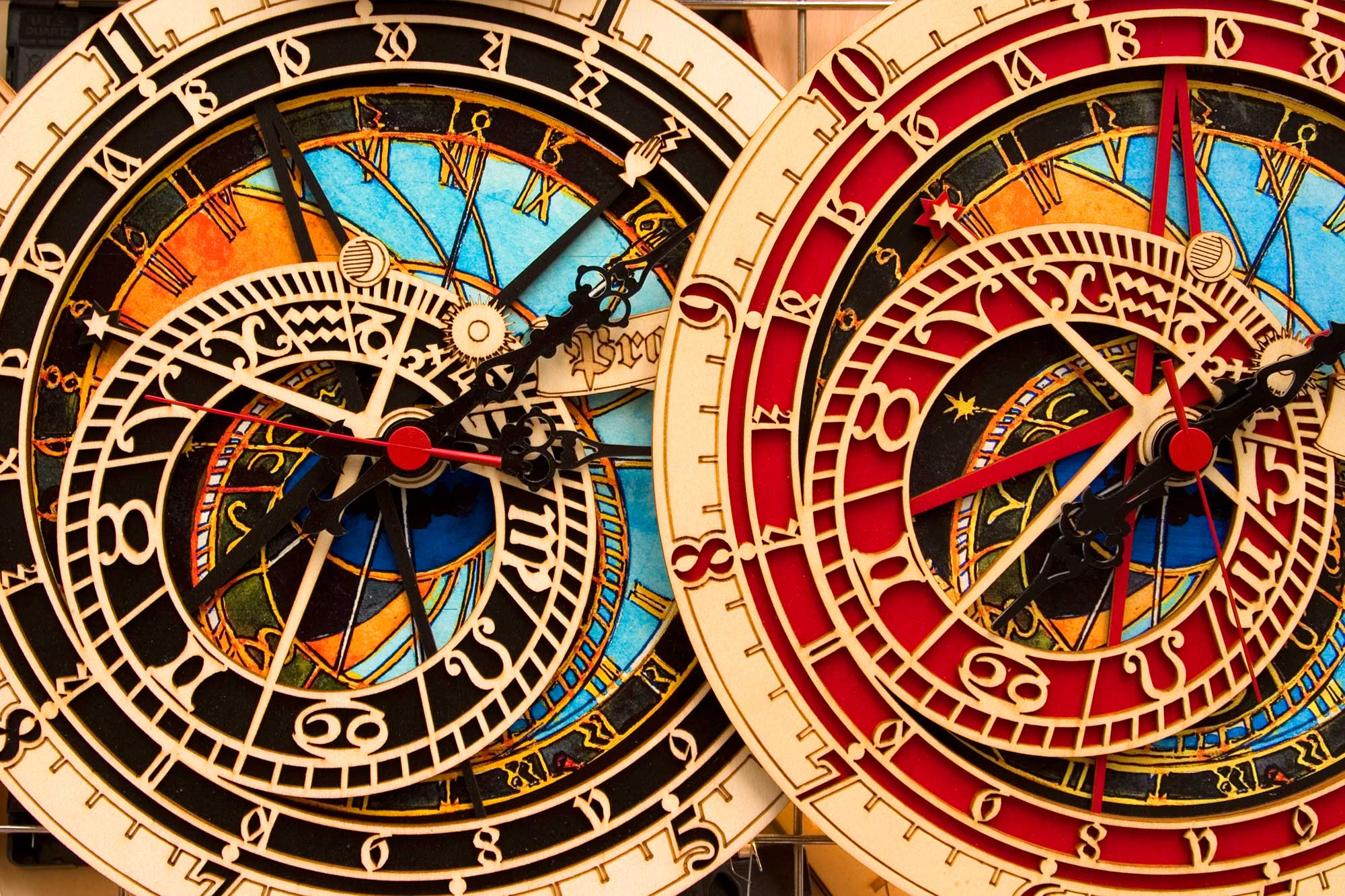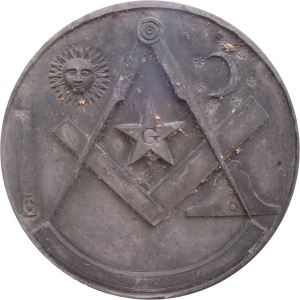Geometry and Masonry: Sacred Geometry
The address to the Immediate Past Master and the depiction on his jewel refer to the 47Th proposition of Euclid. It also refers to “our brother Pythagoras”. The Master’s jewel is the square, two sides 90 degrees apart which will form the base needed for the 47th problem (in many jurisdictions the square has the … Read more




